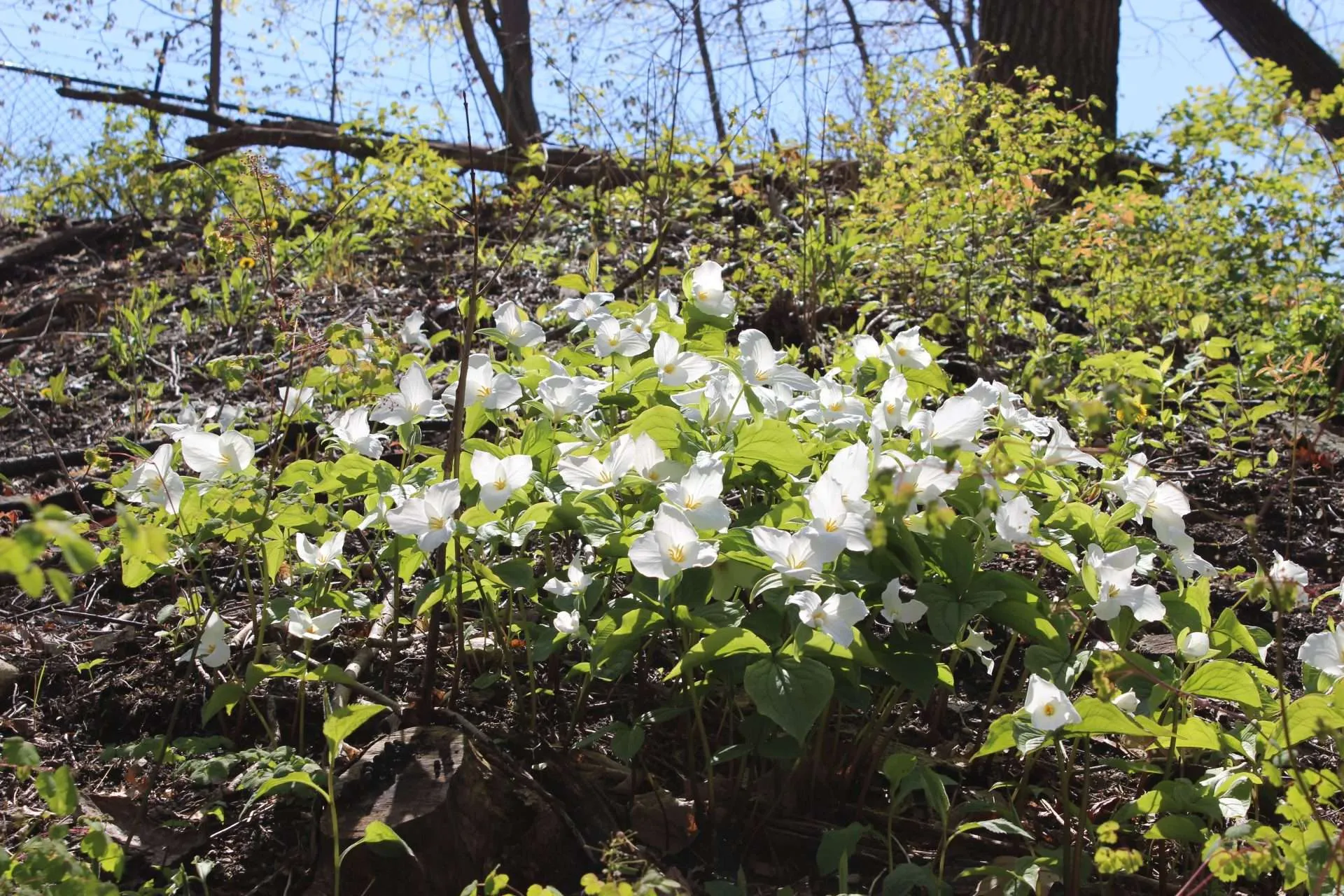Since the fall of 2011, visitors to the Openlands Lakeshore Preserve have explored nearly 80 acres of Lake Michigan shoreline and restored ravines. They are the regular users of the Preserve’s trail system and the supporters of our educational programs. And as much as we have worked to make the Preserve about people, we are also working to restore the site’s natural landscapes, native plant communities, and its unique ecosystems.
The Lakeshore Preserve is a dedicated Illinois Nature Preserve, meaning it is home to some of the rarest natural habitat in northeast Illinois and will remain open to the public in perpetuity.
The Preserve’s topography offers glimpses into the dynamic geological nature of the Chicago lakefront region. The steep ravines, each named for a former notable area resident, were formed by erratic lake levels and glacial meltwater after the last Ice Age, about 10,000 to 15,000 years ago. The high gravel and clay bluffs are also remnants of a bygone glacial era. Many original remnants of prairie, oak woodland, and shoreline plant communities still can be found within the Preserve’s boundaries. The site is also home to seven plant species on the state’s endangered and threatened lists, and it provides crucial stopover habitat to birds migrating along the Lake Michigan flyway.
Openlands has been actively researching and stewarding the Preserve’s rare natural communities since 2008. With the generous support of many donors, Openlands began to restore the Preserve’s sensitive ecosystems soon after the first phase of acquisition. The Preserve contains four distinct natural communities: lakeshore, lakeshore bluff, tableland, and lakefront ravine. Within these ecosystems lay many diverse subcommunities and micro-climates. It has been and still remains Openlands’ goal to restore these communities to pre-settlement conditions, or to the closest approximation possible. Much of that work has focused on the careful restoration of the Preserve’s three lakefront ravines.
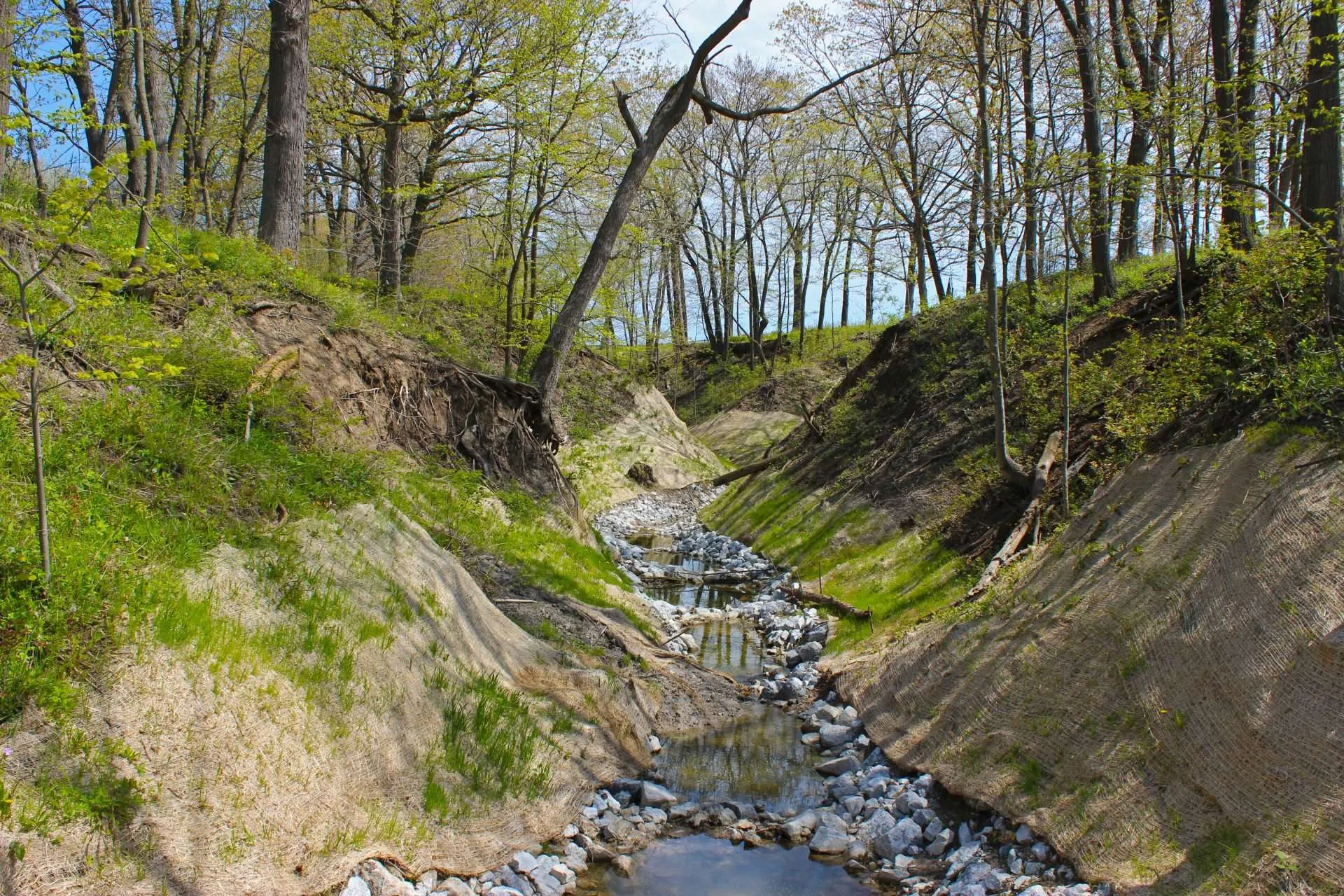
Three Models of Restoration
Today, the Lakeshore Preserve is one of the few publicly accessible ravine ecosystems in the Chicago metropolitan region. Openlands assumed management of this site to ensure public access to the lakefront at a time when housing development threatened to privatize some of the last remaining stretches in Lake County. With that commitment, came the opportunity to restore three lakefront ravines, a topographic feature rarely found beyond the North Shore.
Van Horne Ravine (pictured above) is approximately 1,325 feet in length from the head of the ravine at Patten Road to its outlet at Lake Michigan. A small stream carries stormwater from Patten Road to the lake, meandering along the base of the ravine. Restoration of this ravine included the installation of a variety of best management practices to stabilize the base of a ravine and several side ravines.
The Van Horne restoration has returned the ravine to our closest approximation of its natural state. Our work reintroduced native plants, trees, and shrubs to contain the slope of the ravine and prevent erosion. Small pools and riffles were created along the ravine base to provide a natural habitat for aquatic organisms and plants. These techniques – native plantings, revegetation, and mimicry of natural hydraulic patterns and functions – allowed us to restore the ravine without artificial engineering.
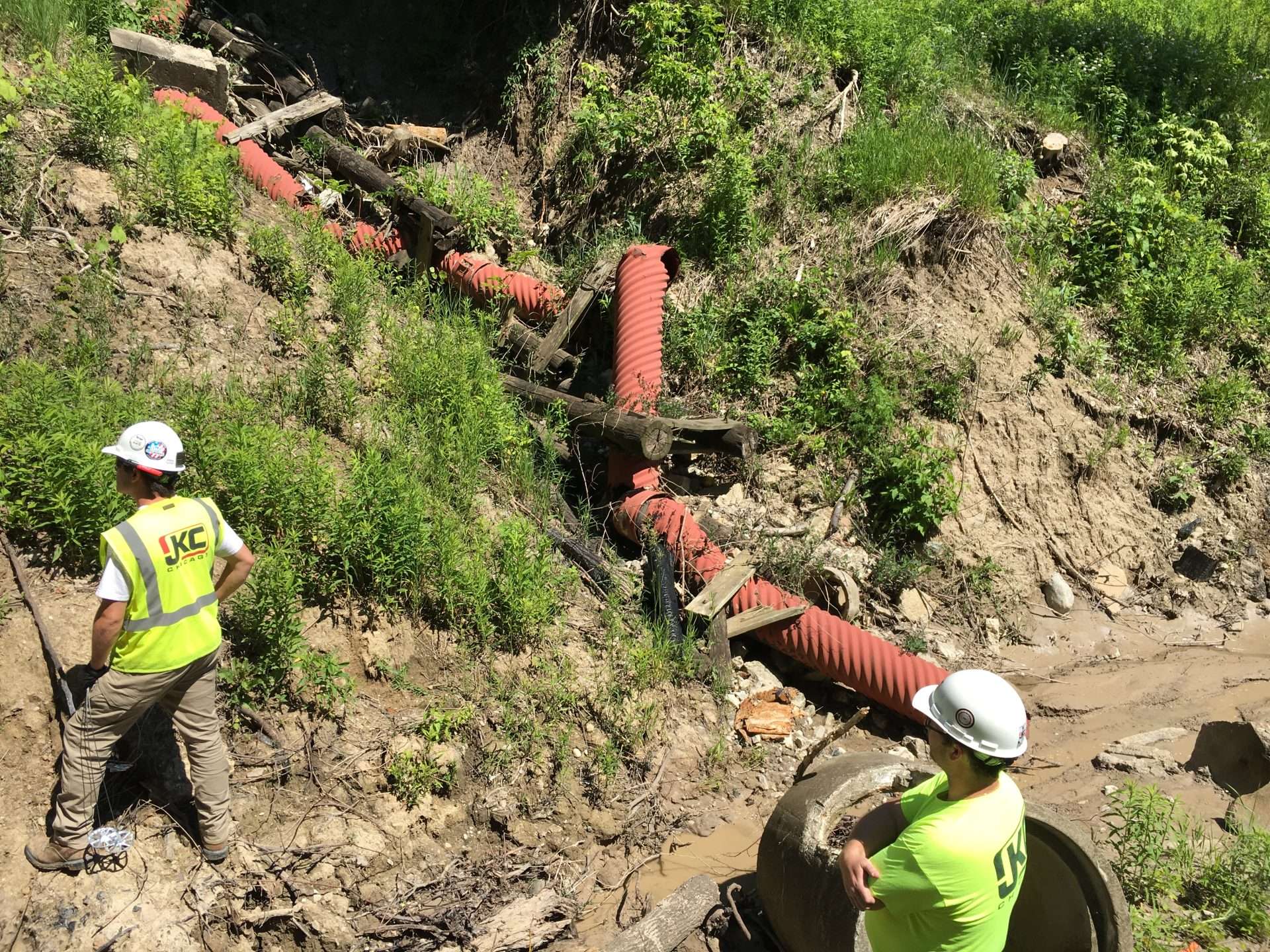
Schenck Ravine, pictured here, is located in the southern section of the Preserve and is being restored to a semi-natural state, meaning that we have used artificial reinforcements to support the success of native plants as they stabilize the steep walls of this ravine. The Chandler Bridge, accessible from the southern end of the Preserve, affords a treetop vantage point for visitors to observe this restoration along with some of the Preserve’s best views of Lake Michigan.
This restoration removed nearly 10 acres of invasive and opportunistic trees and shrubs such as buckthorn, black locust, and cottonwood. Opening the ravine floor allowed the existing seed bank to germinate and was complemented by the reintroduction of native plants. The ravine’s wide mouth at the lakefront leads to cooler air moving into the ravine, which allowed us to plant native species. Restoration of Schenck Ravine also reintroduced riffles and small pools along the ravine base to mimic natural hydraulic flow of stormwater towards Lake Michigan. The goal is to restore the ability of small fish like mudpuppies and dice to easily navigate up the ravine to breed in these cool, small pools.
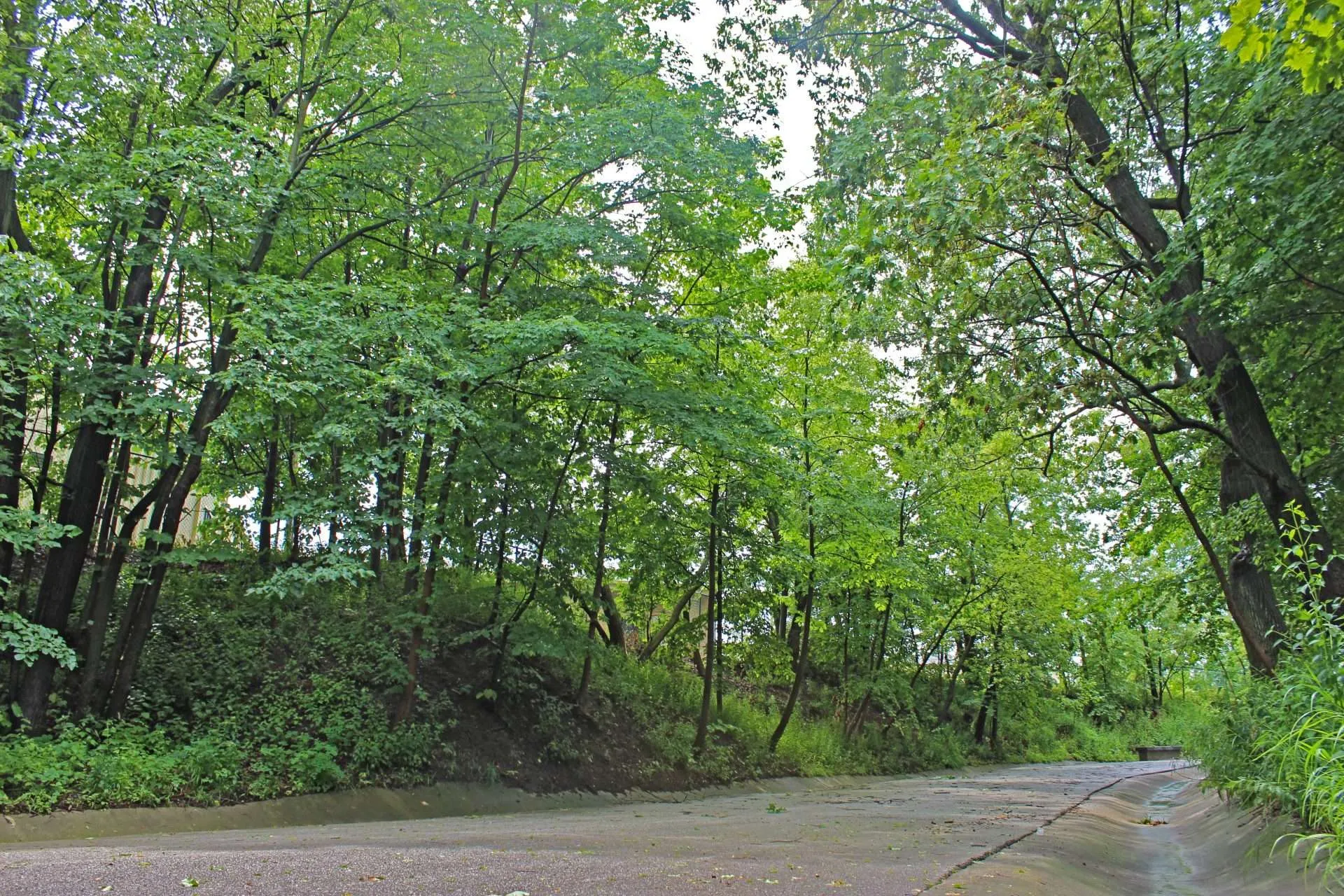
Bartlett Ravine, located at the north end of the Preserve, is the largest of the three. The road at the bottom of Bartlett Ravine was originally a cavalry pathway, and eventually it was used for Jeep training. However, Openlands realized early on that this road was helping to stabilize the ravine slopes. The restoration of Bartlett Ravine (pictured above) returned it to a state more common and traditional to what is found along the North Shore, meaning that we are using artificial methods to control stormwater and prevent erosion. Given the infrastructure in place since Openlands took ownership of the site, this is in some way the optimal condition as it maintains the integrity of the ravine while balancing the artificial structures in place, and it is a model for restoring other heavily developed ravines on the North Shore.
The restoration of Bartlett Ravine is nothing short of spectacular. What began as a place that was dark and barren, this landscape is today bright and thriving. An open tree canopy and rich soils unleashed the wildflowers, grasses, and sedges found in the ravine today. Bartlett Ravine is home to more than 150 varieties of native plants and trees, six of which are state-designated threatened and endangered species. Complementing the restoration is an ADA-accessible trail system and an innovative, art-based interpretive plan, which together offer a unique outdoor experience for visitors.
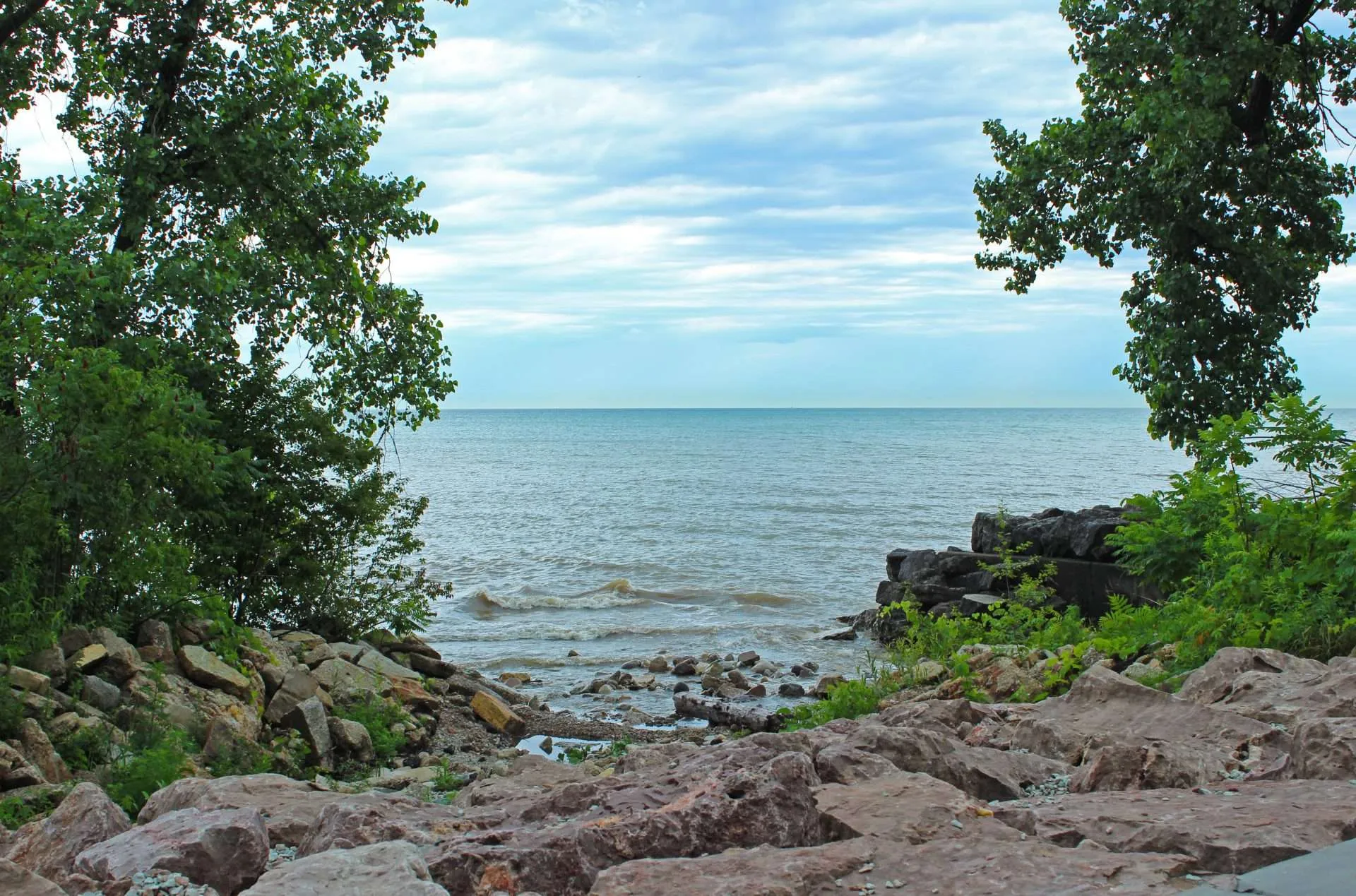
The Lakeshore Preserve and Water
While efforts to protect and restore these areas have increased significantly over the past twenty years, there is simply little precedent to guide restoration approaches. Further complicating this is the fact that the historical record lacks details regarding the original site conditions, and the ravines themselves are dynamic, shifting their composition in response to stormwater. However, we do know much about the hydrology of this region prior to European settlement. The ravine systems represent Illinois’ last remaining natural drainage systems in the Lake Michigan watershed. Whereas more than 650 square miles of Illinois formerly drained into Lake Michigan, today it is less than 90 square miles, the bulk of which sits in Lake County.
For many years, it was common practice to pipe water down into ravines from streets and homes. Over time, this caused damage to ravines up and down the lakeshore. The high volume and velocity of piped water created serious erosion and brought in invasive plant species that competed with native plant communities. This makes preservation of the ravine ecosystems ever more important.
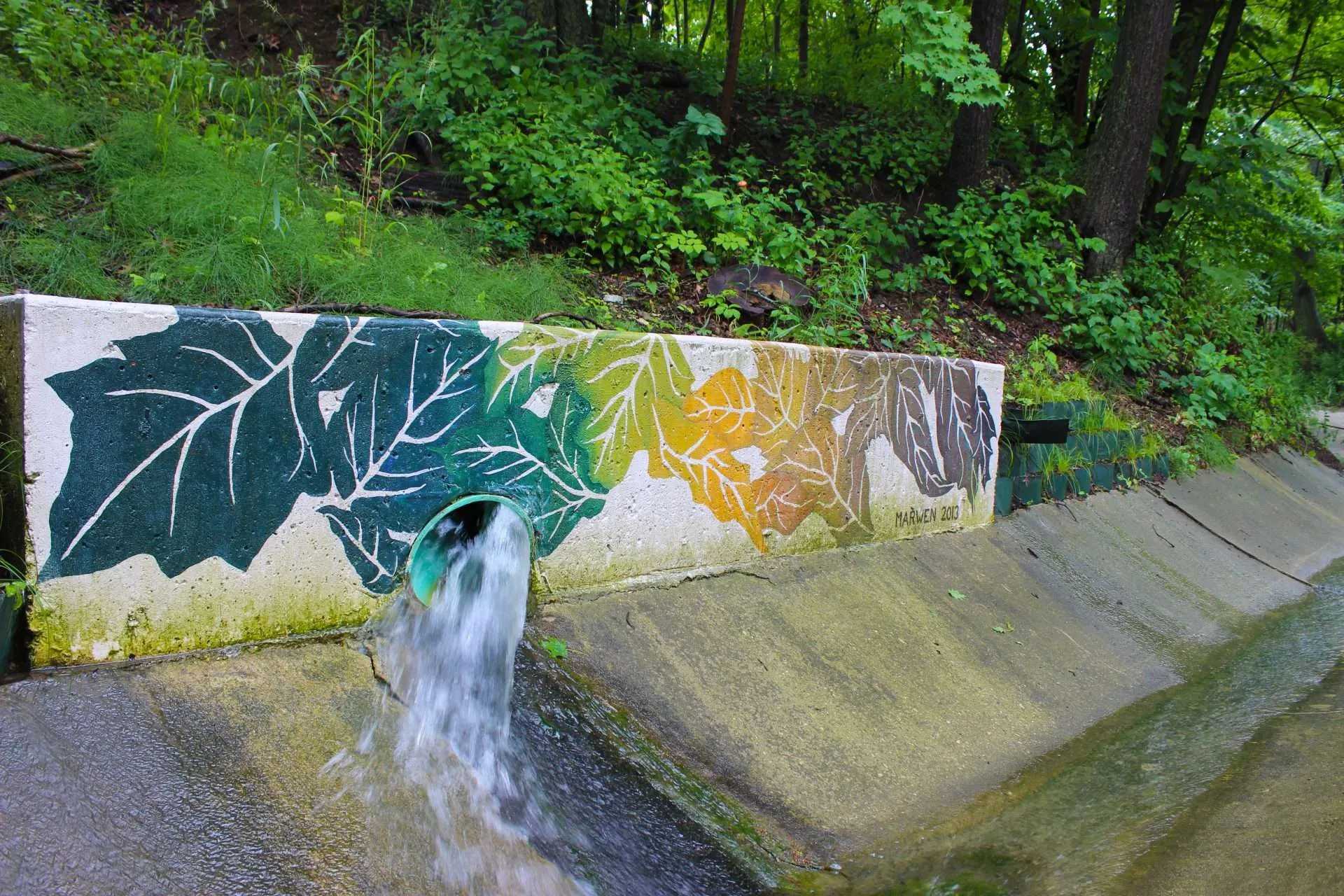
Today, we are looking to keep stormwater out of the ravines. The necessity of restoring the ravines at the Preserve was a direct result of increased stormwater. With both people and wildlife living in close proximity to the ravines, Openlands needs to reinforce their slopes in order to prevent further erosion and a collapse. Green infrastructure installations above the ravines control flash flood conditions, both protecting the structure of the ravines and improving water quality before it enters Lake Michigan.
Rain gardens are found along the upland trail, engineered as depressions in the ground and designed to help stormwater infiltrate into the soil. This provides a functional and aesthetically-pleasing way to prevent stormwater from flowing over land or overwhelming existing sewer infrastructure. Thriving ravine ecosystems are phenomenally important to ensuring the health of Lake Michigan, as they provide pools and riffles that organically manage stormwater, reduce erosion, and serve as habitat for local fish.
Between our techniques to retain stormwater and our careful effort to restore the ravines each in its own way, the Openlands Lakeshore Preserve offers three different models for communities across the North Shore to restore their own lakefront landscapes and protect the health of our Great Lakes.
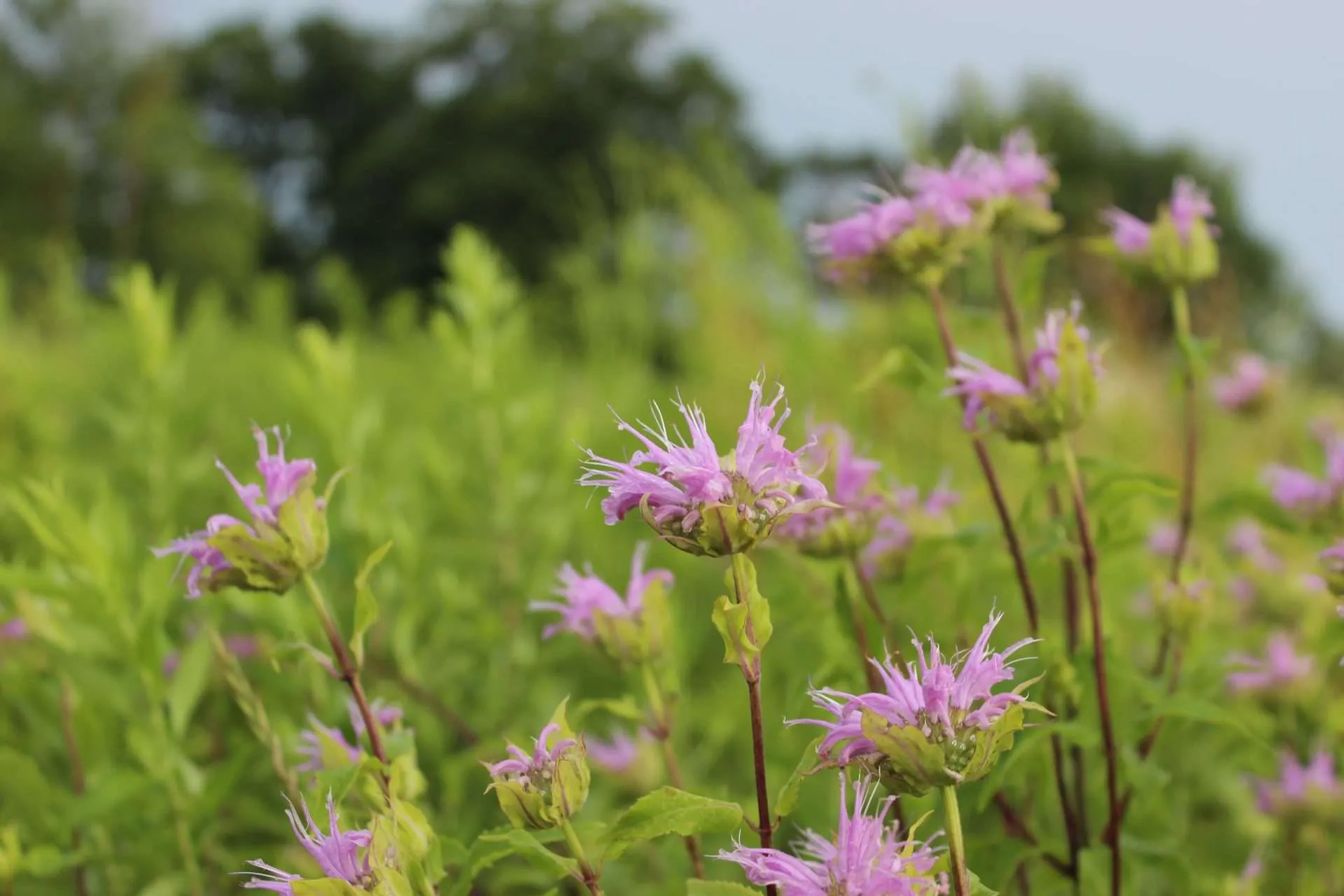
A Living Landscape
We hope the Openlands Lakeshore Preserve will not just be an oasis for the region’s residents and wildlife, but also that it can serve as a learning landscape, a laboratory to monitor systemic changes to our planet’s climate.
In and above the three ravines, we are regularly testing and sharing best management practices. We work with partners regularly to monitor species and beach erosion. And we are working with conservation organizations and municipalities to develop a watershed plan for the North Shore, both creating new stormwater management plans for some areas and revising older plans in other areas. A comprehensive watershed plan for the North Shore will help us and our partners complete projects to improve the health of Lake Michigan.
The three ravines themselves each harbor their own micro-climates, created by cool air moving off Lake Michigan and shaded under the tree canopy overhead. A change in wildlife found within these micro-climates sets off alarms to Openlands about planetary changes we face.
As our region’s climate changes, floods impact our lives more regularly, and the storms that bring them have grown more unpredictable. All that water needs somewhere to go, and too often, that somewhere is basements, streets and highways, and our region’s natural waterways, including Lake Michigan. The dramatic flooding in McHenry, Kane, and Lake counties during the summer of 2017 is symptomatic of the new reality northeast Illinois faces in a changing climate. Climate resilient landscapes like the Preserve, however, can retain these flood waters, mitigating the risk to homeowners and filtering stormwater before it enters clean water resources like Lake Michigan.
Here, where the Great Lakes meet the Great Plains, ensuring that our landscape is healthy and resilient is our great responsibility. Like you, Openlands is a part of this region and this planet. We work to directly address the negative effects of climate change, making our region healthier for nature and people alike. By managing stormwater, providing a haven for rare wildlife susceptible to changes in our climate, and creating a landscape that puts carbon back in the ground, the Openlands Lakeshore Preserve is a model not just for ravine restoration, but also for addressing head on the crisis of climate change.
Ready to discover the Preserve for yourself? It’s open to the public yearround, and easily accessible for anyone in the Chicago metropolitan area. In August 2023 Openlands donated the Preserve to the Lake County Forest Preserves. To learn more about the Preserve today and how you can visit: lcfpd.org/fort-sheridan/
